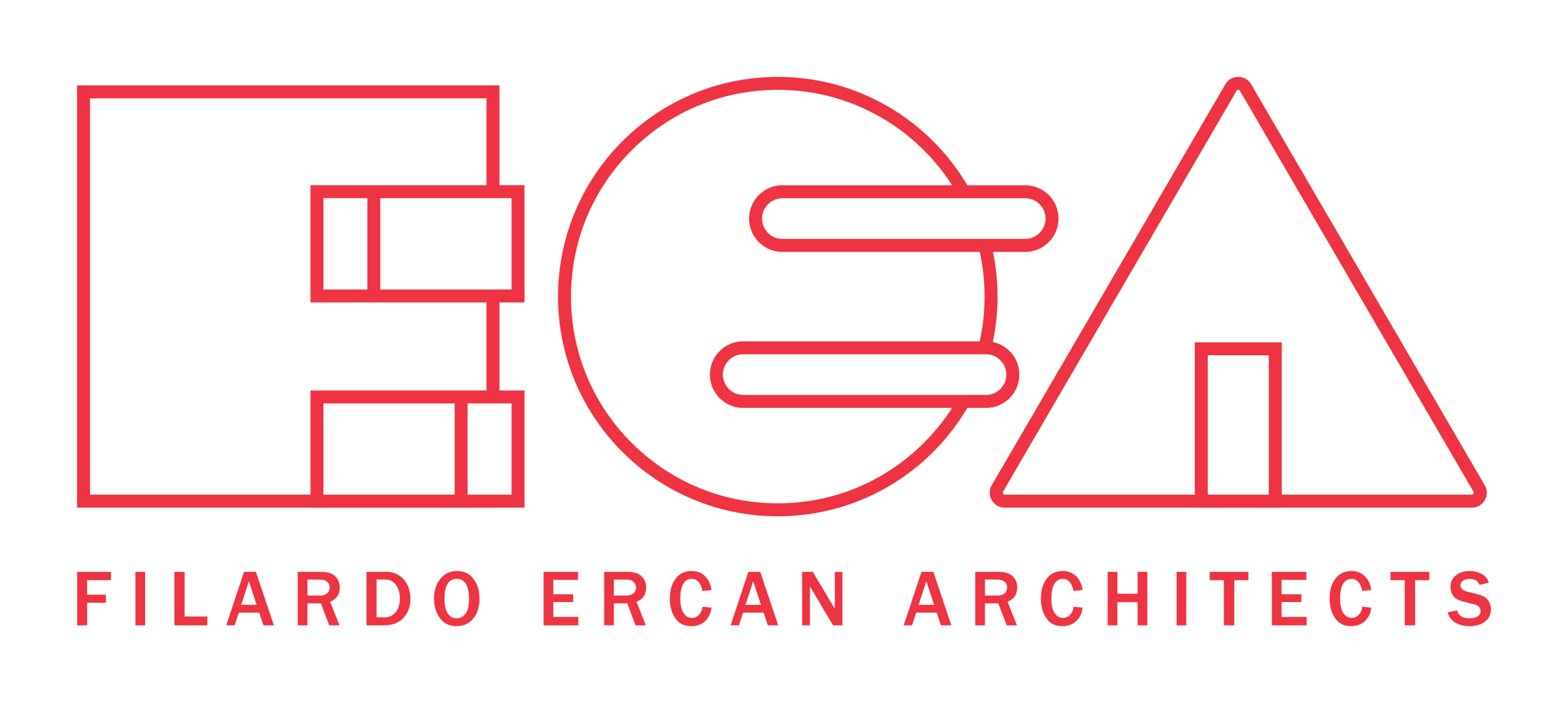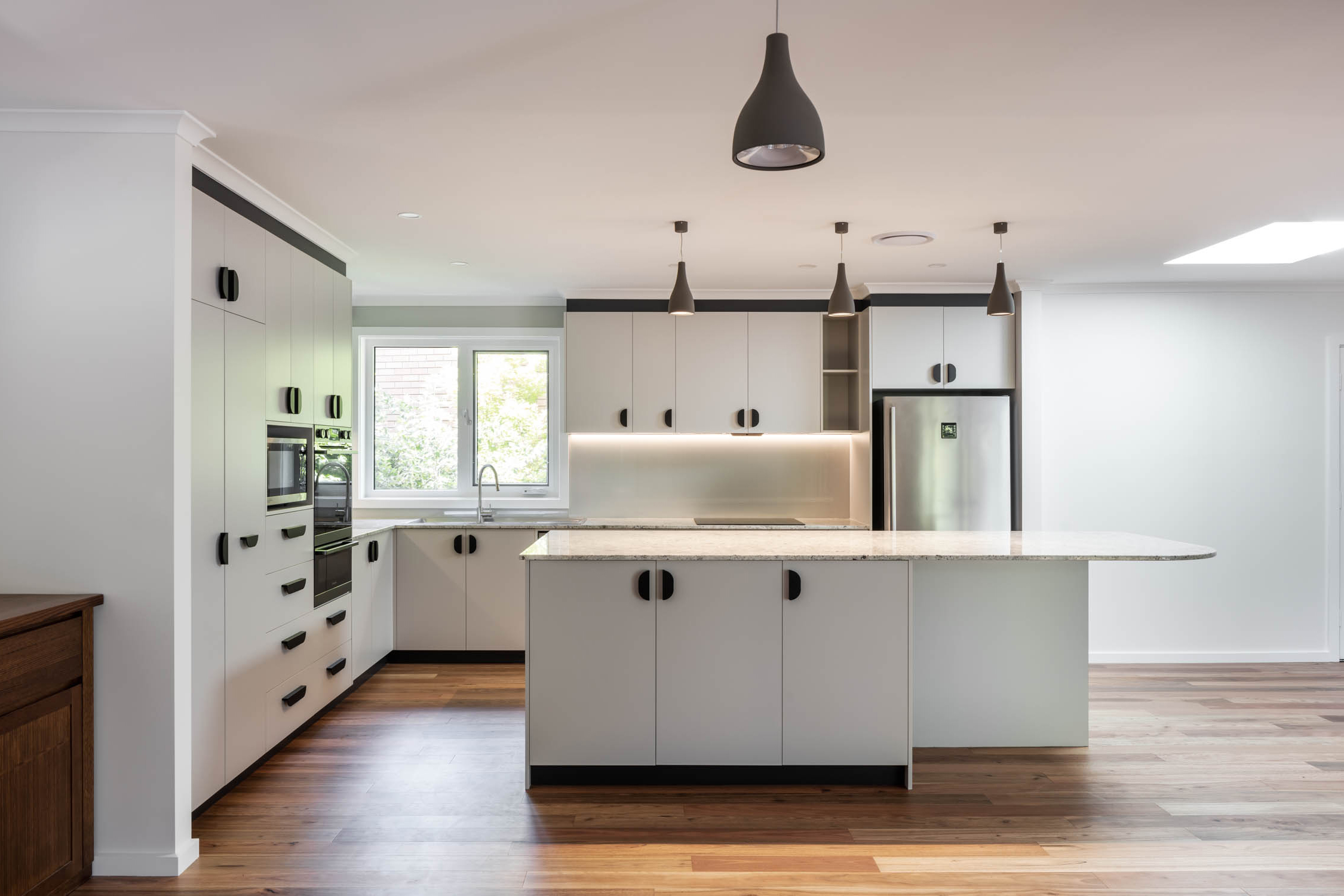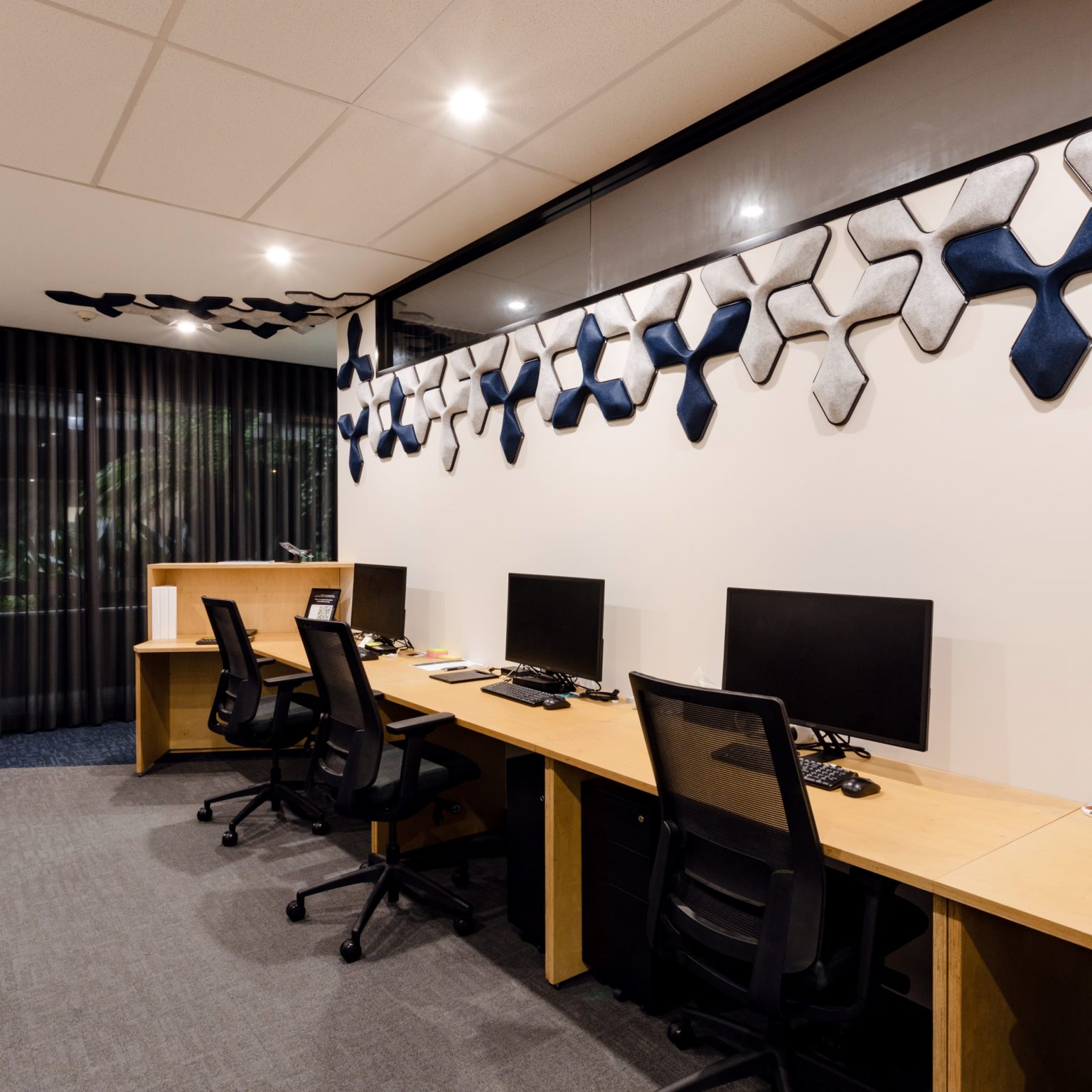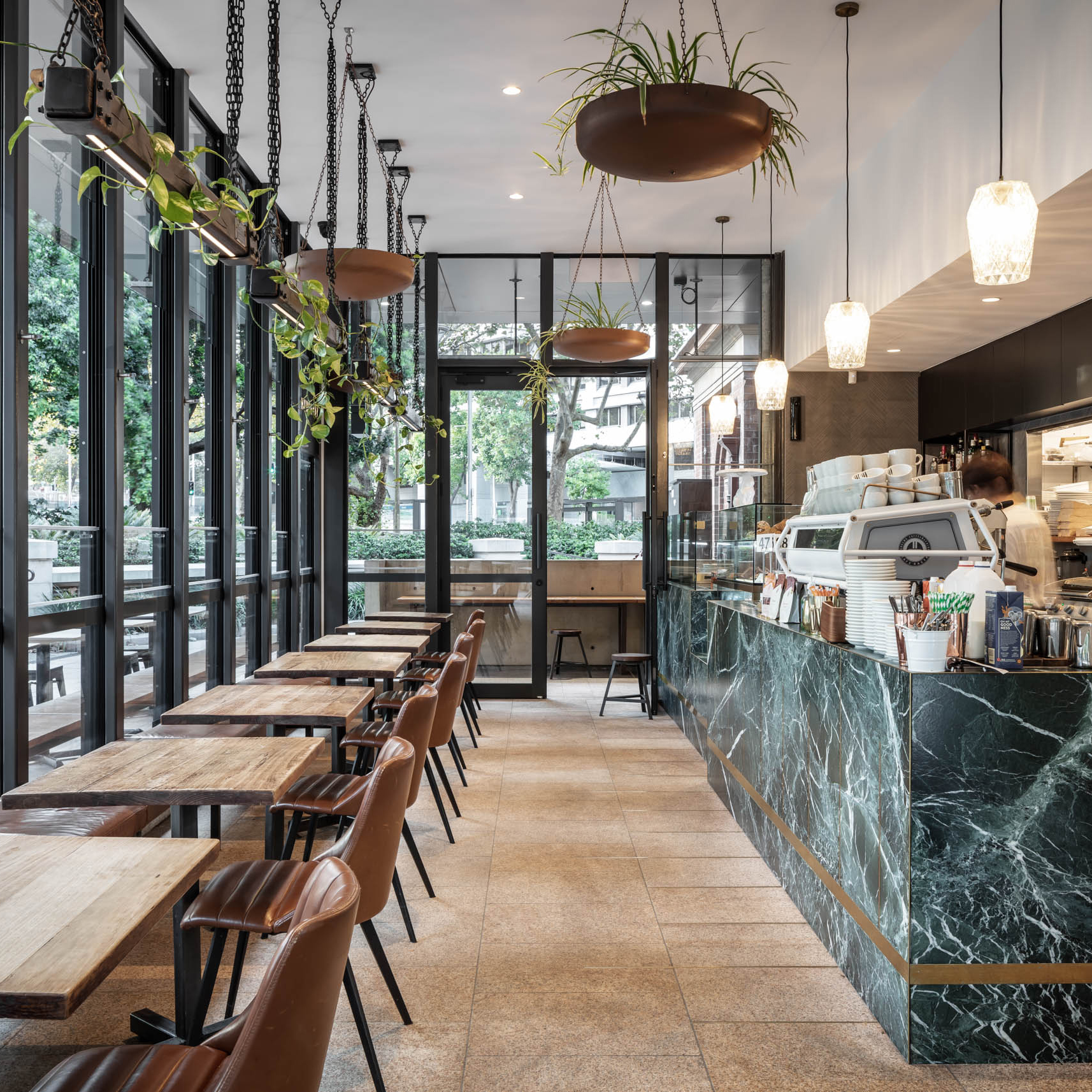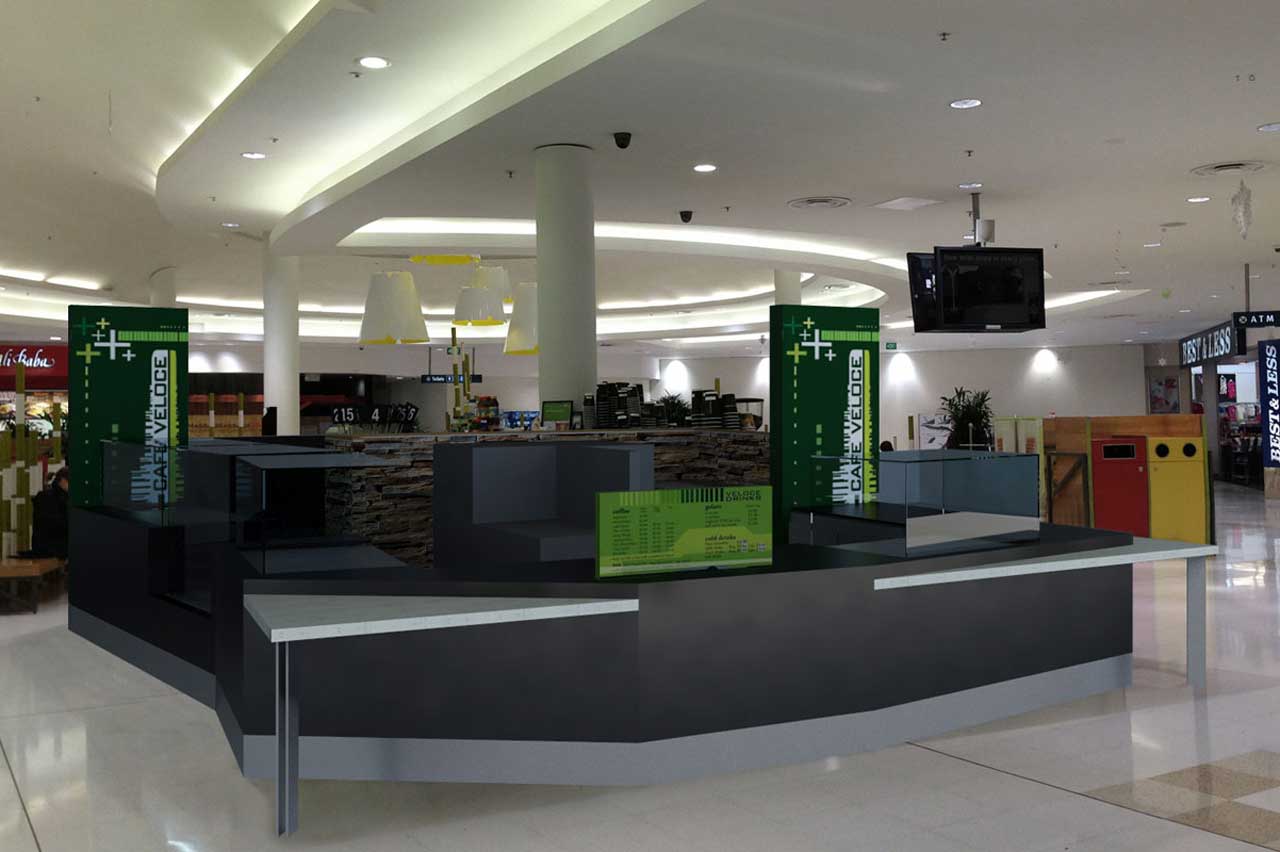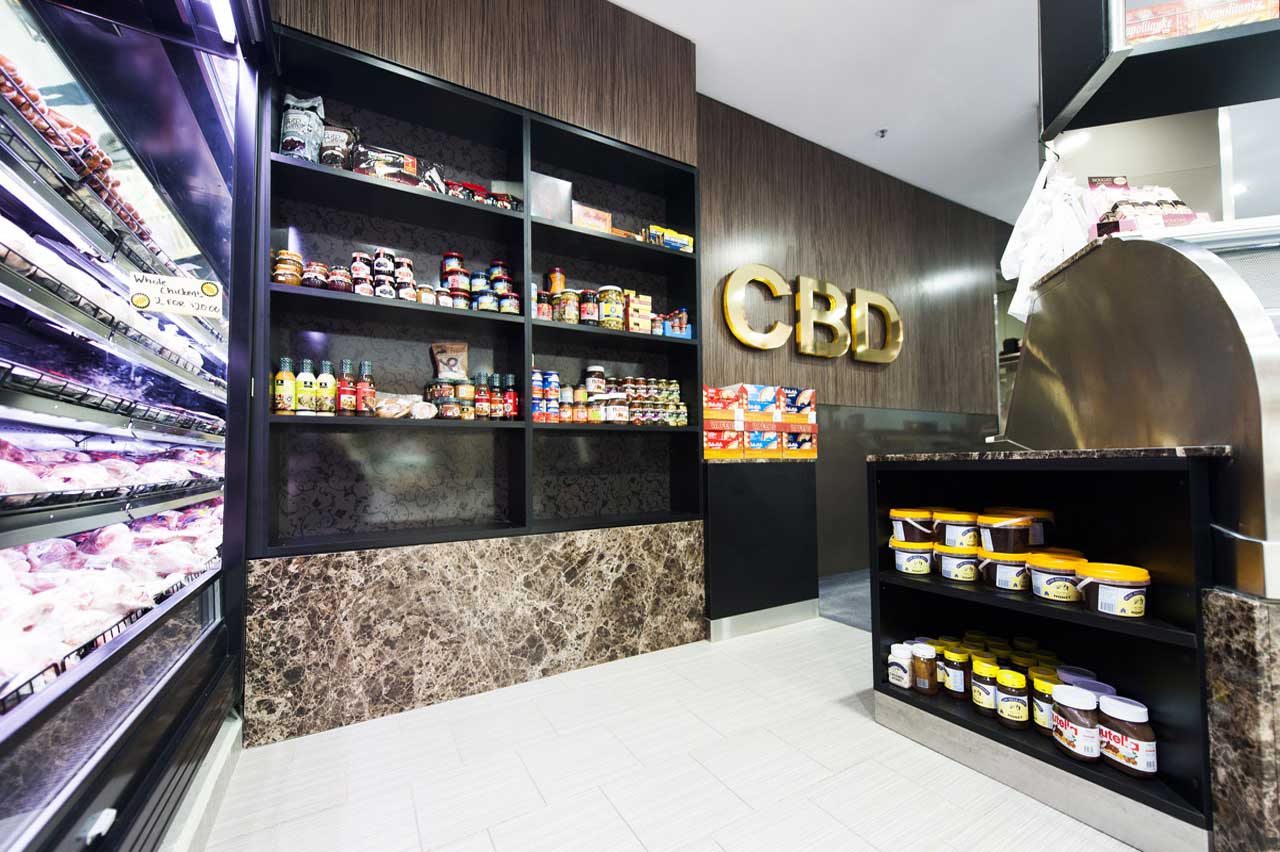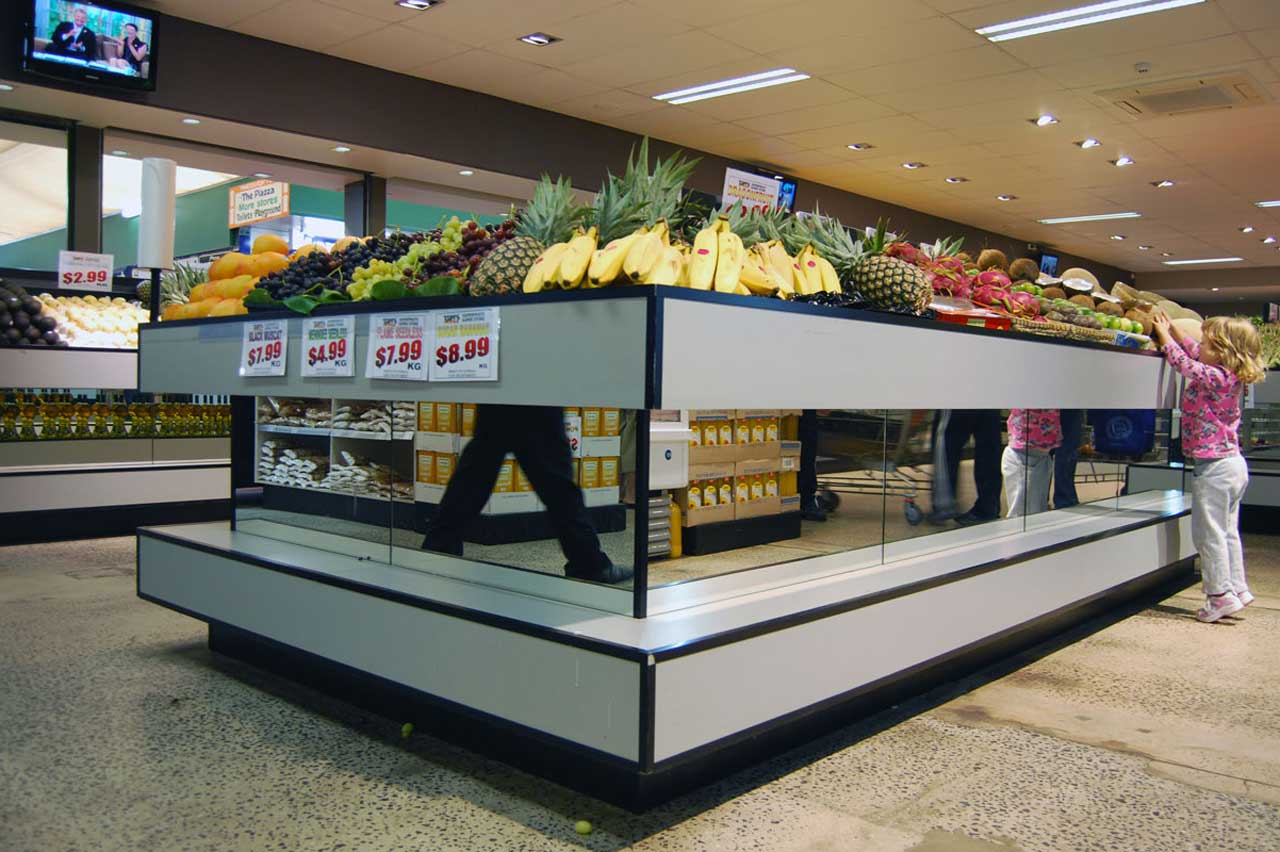Frequently Asked Questions
What are the perks of hiring an interior designer instead of DIY?
Hiring an interior designer isn’t just about aesthetics; it’s also about crafting a space that fits your lifestyle and preferences. Here are the key benefits of hiring an interior designer:
- Expertise and Experience: Interior designers offer expertise that goes beyond DIY, trained in design principles to enhance both functionality and appearance without common mistakes.
- Customization and Personalization: Interior designers create spaces tailored to your tastes and needs, understanding your lifestyle to deliver designs that are both beautiful and functional. Achieving this level of customization alone is challenging without their resources.
- Access to Industry Resources: Collaborating with an interior designer opens up access to industry resources and connections, including suppliers and contractors, ensuring better prices, quality materials, and unique pieces.
- Time Savings: Hiring an interior designer saves time and stress by handling decisions, sourcing, and coordination for you. This allows you to focus on other commitments and ensures smooth project progress.
- Budget Management: Interior designers can manage your budget more effectively, avoiding costly mistakes and making informed choices to use resources efficiently and keep your project within budget without compromising on quality or design.
What are the qualities of a good interior designer?
Choosing the right interior designer is crucial to achieving your desired results. While the right interior designer should have multiple key qualities, here are three important ones to consider:
- Creativity and Vision: A skilled interior designer transforms spaces into art. They possess a sharp eye for aesthetics, colour, and space and create stunning and cohesive interiors. They innovate designs, select unique furnishings, and creatively solve design challenges, adding a unique touch to every project.
- Attention to Detail: Skilled interior designers pay attention to every detail, from arranging furniture to choosing accessories to perfect every detail. A good designer emphasizes fine details to boost a space’s beauty and function. They blend colours and textures and select materials and finishes for a cohesive, attractive design.
- Technical Proficiency: A skilled interior designer possesses strong technical skills, is proficient with design software and tools, and has a grasp of architecture, space planning, and building codes. This expertise enables them to turn creative concepts into precise plans and communicate effectively using drawings, such as CAD and 3D visualizations.
How do I choose the right interior designer for my project?
Choosing the right interior designer is crucial for your space’s success. The following are essential tips that will help you pick a designer who meets your aesthetic and functional needs, ensuring a smooth design process:
- Define Your Project: Before looking for an interior designer, establish your project’s scope, goals, and what you want to achieve. Consider the space, your design style, budget, and timeline. Choose a design style that fits your vision, whether it’s for a cozy home, a functional office, or a luxurious showroom.
- Gather Inspiration: After setting your project’s basics, look for inspiration and research interior designers. Use design websites, social media, and designer portfolios to find ones that match your style. Focus on their style, past projects, and the colours, materials, and overall look you want.
- Check Credentials: Choose an interior designer with a formal education in interior design and a proven track record. Experienced designers with diverse portfolios are more likely to deliver quality results and handle challenges well.
- Review Portfolios: A designer’s portfolio shows their style and skill. Check their past projects for quality and consistency. Look for a range of styles and budgets, focusing on details, innovation, and client feedback.
- Seek Recommendations: Ask friends, family, and colleagues about their experiences. Personal stories can highlight a designer’s professionalism and work quality. Online reviews provide additional client feedback.
What are the Factors that Influence Pricing in Interior Design?
The factors influencing pricing in interior design are multifaceted, reflecting the complexity and bespoke nature of these projects:
- The scope of work significantly affects pricing, as larger or more complex projects require more time, resources, and expertise.
- Designer experience and expertise are crucial, with seasoned designers often charging higher fees due to their proven skills and industry knowledge.
- The complexity and customization of a project also impact costs; more customized or intricate designs demand more effort and specialized materials, increasing expenses.
- Project timelines and deadlines can influence costs, especially if faster completion requires extra resources or overtime.
- Location and market dynamics are essential, with prices differing widely across regions due to cost of living, demand, and resource availability.
- Additional services and consultations, like project management or procurement, add to the total cost.
How Long Does It Typically Take to Complete a Project?
The duration of an interior design project can vary greatly, depending on several factors, including the project’s scope, complexity, and the client’s decision-making process. Small-scale projects, such as a single-room redesign, can take anywhere from two to three months, whereas more extensive renovations or whole-house designs may last from six months to over a year.
The initial stages, which involve conceptual designs, selections, and revisions, typically require several weeks to a few months, depending on how quickly decisions are made. The procurement phase, including ordering and delivering materials and furniture, can add significant time, especially if custom pieces or backorders are involved.
Construction and implementation phases may also vary, with timelines extending due to unforeseen delays or changes. Ultimately, clear communication, effective planning, and timely decision-making between the designer and client can expedite the process while ensuring the project meets desired outcomes.
Can You Work with Sustainable and Eco-friendly Materials?
Absolutely! At Filardo Ercan Architects, we are passionate about integrating sustainable and eco-friendly materials into our interior design projects. Sustainability isn’t just a buzzword for us—it’s a fundamental principle that guides our design philosophy and decision-making process.
We carefully select materials that are not only sustainable and have a minimal environmental footprint but also contribute to the health and welfare of the space’s occupants. We actively collaborate with suppliers and manufacturers who share our commitment to the environment, ensuring that every element, from flooring to finishes, aligns with eco-friendly practices.
Our designs emphasize natural light, energy efficiency, and resource conservation, creating spaces that not only look beautiful but also promote environmental responsibility and enhance the well-being of occupants. Plus, we continuously explore innovative solutions that push the boundaries of eco-conscious design.
What Styles of Interior Design are Popular in Canberra?
The interior design landscape in Canberra is diverse, reflecting a mix of modern sensibilities, traditional values, and unique personal expressions. The following styles stand out for their popularity and adaptability to Canberra’s varied architectural forms and lifestyles:
- Modern Minimalism: Defined by clean lines, simple spaces, and neutral colours, this style focuses on functionality and simplicity, using sustainable materials and innovative design.
- Contemporary Elegance: This style combines comfort with sophistication, showcasing sleek furniture, art elements, and impactful colour use. It’s adaptable to various architectural styles.
- Urban Industrial: Drawing inspiration from historical lofts, urban industrial merges exposed brick and metal with modern furniture. It is ideal for those who value history and an edgy look.
- Bohemian Eclecticism: A mix-and-match lover’s dream, this style features vibrant textures, patterns, and global influences for a personalized, unconventional space.
